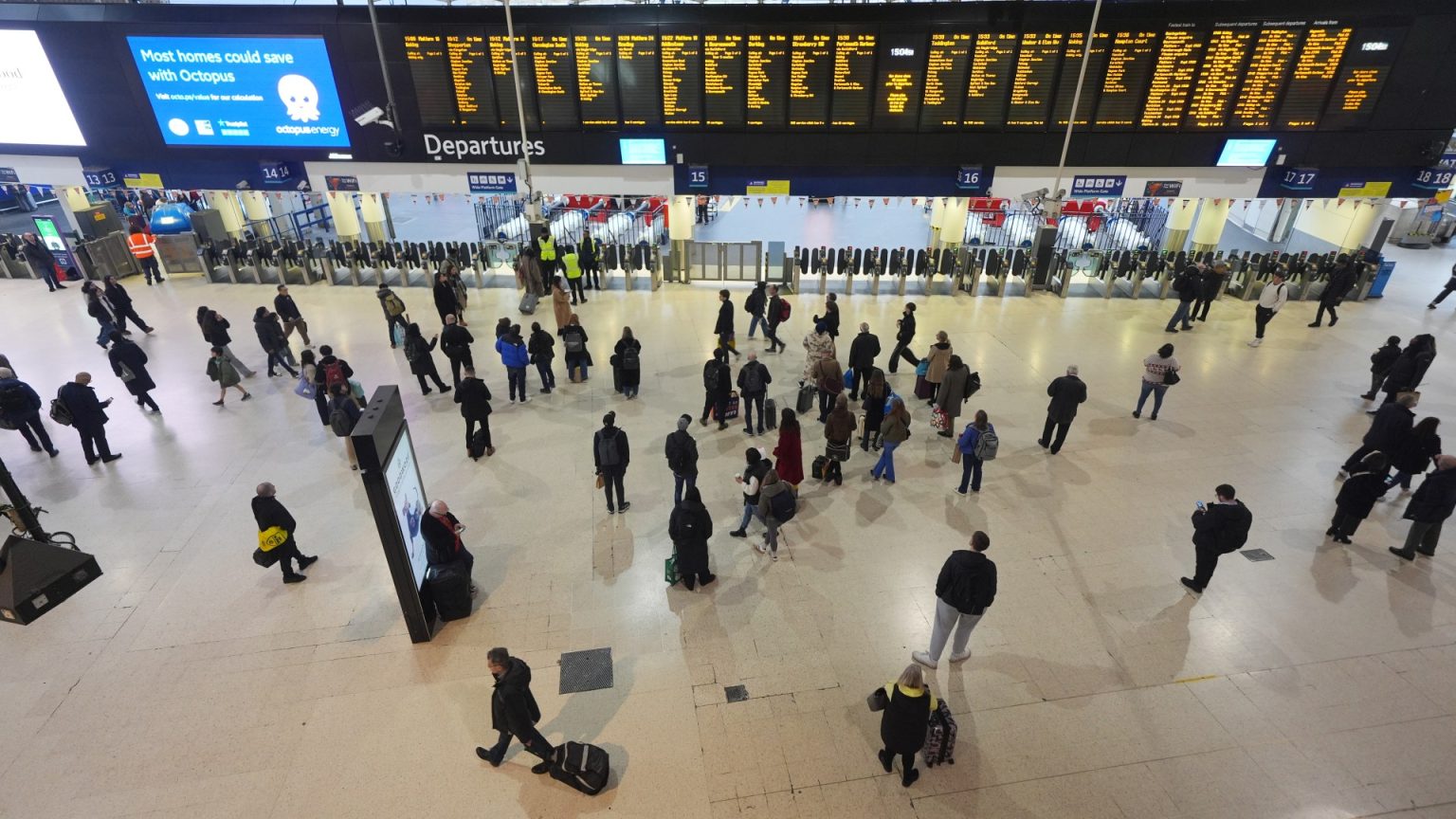Incident Overview and Initial Response
On a seemingly ordinary morning, a major disruption unfolded at London Waterloo, the United Kingdom’s fourth-busiest railway station, sending ripples of chaos through the travel plans of thousands of commuters. Around 9:30 am, reports emerged of smoke emanating from several platforms, triggering an immediate evacuation. The affected platforms, numbers 20 to 24, were swiftly cleared of passengers as a precautionary measure, while authorities initiated an investigation into the source of the smoke. The London Fire Brigade promptly responded to the scene, dispatched crews to assess the situation, and confirmed the presence of a noticeable smell of smoke. South Western Railway, the primary operator serving Waterloo, issued alerts informing passengers of potential disruptions, including cancellations, delays, and revisions to train schedules, anticipating the impact on services until at least 10:30 am.
Impact on Commuters and Travel Disruptions
The evacuation and subsequent platform closures at Waterloo had a substantial impact on commuters. Thousands of passengers found themselves stranded or facing significant delays, their travel plans thrown into disarray. The sudden disruption created a ripple effect, impacting connecting services and causing congestion at surrounding stations. The incident underscored the vulnerability of major transportation hubs to unforeseen events and the potential for widespread disruption. Passengers were advised to seek alternative routes, utilize other modes of transport, or postpone their journeys if possible.
Contingency Measures and Alternative Transportation
To mitigate the impact on passengers, South Western Railway implemented contingency measures, primarily focusing on providing alternative transportation options. Ticket acceptance was put in place on London Underground services operating between Waterloo and Clapham Junction, a key interchange station south of Waterloo. This allowed passengers to bypass the affected sections of the railway network and continue their journeys using the Underground. Additionally, bus services were deployed to supplement the Underground and facilitate travel between Waterloo and Clapham Junction. These measures aimed to alleviate the pressure on the Underground and provide alternative travel options for stranded passengers.
Investigation and Preliminary Findings
While the immediate focus was on managing the situation and minimizing passenger inconvenience, authorities simultaneously launched an investigation into the cause of the smoke. Initial assessments by the London Fire Brigade pointed towards a potential electrical fault as the source. However, a thorough investigation was underway to determine the precise cause and rule out any other possibilities. The incident highlighted the importance of regular maintenance and safety checks within complex transportation infrastructures to prevent and mitigate potential hazards.
Resumption of Services and Ongoing Impact
Following the initial disruption and investigations, the affected platforms at Waterloo were gradually reopened. However, the residual impact of the incident continued to affect train services for some time. While the immediate threat had been addressed, delays and revisions to schedules persisted as the railway network worked to recover from the disruption. South Western Railway continued to provide updates to passengers, advising them to check the latest travel information before embarking on their journeys.
Lessons Learned and Future Preparedness
The incident at Waterloo served as a reminder of the importance of robust emergency response plans and effective communication strategies during unforeseen events. The coordinated efforts of the London Fire Brigade, South Western Railway, and other relevant authorities played a crucial role in managing the situation and minimizing passenger disruption. The incident also highlighted the need for ongoing investment in infrastructure maintenance and safety protocols to prevent future incidents and ensure the smooth operation of critical transportation hubs. Furthermore, the incident emphasized the importance of passenger preparedness and awareness of alternative travel options in case of disruptions.




